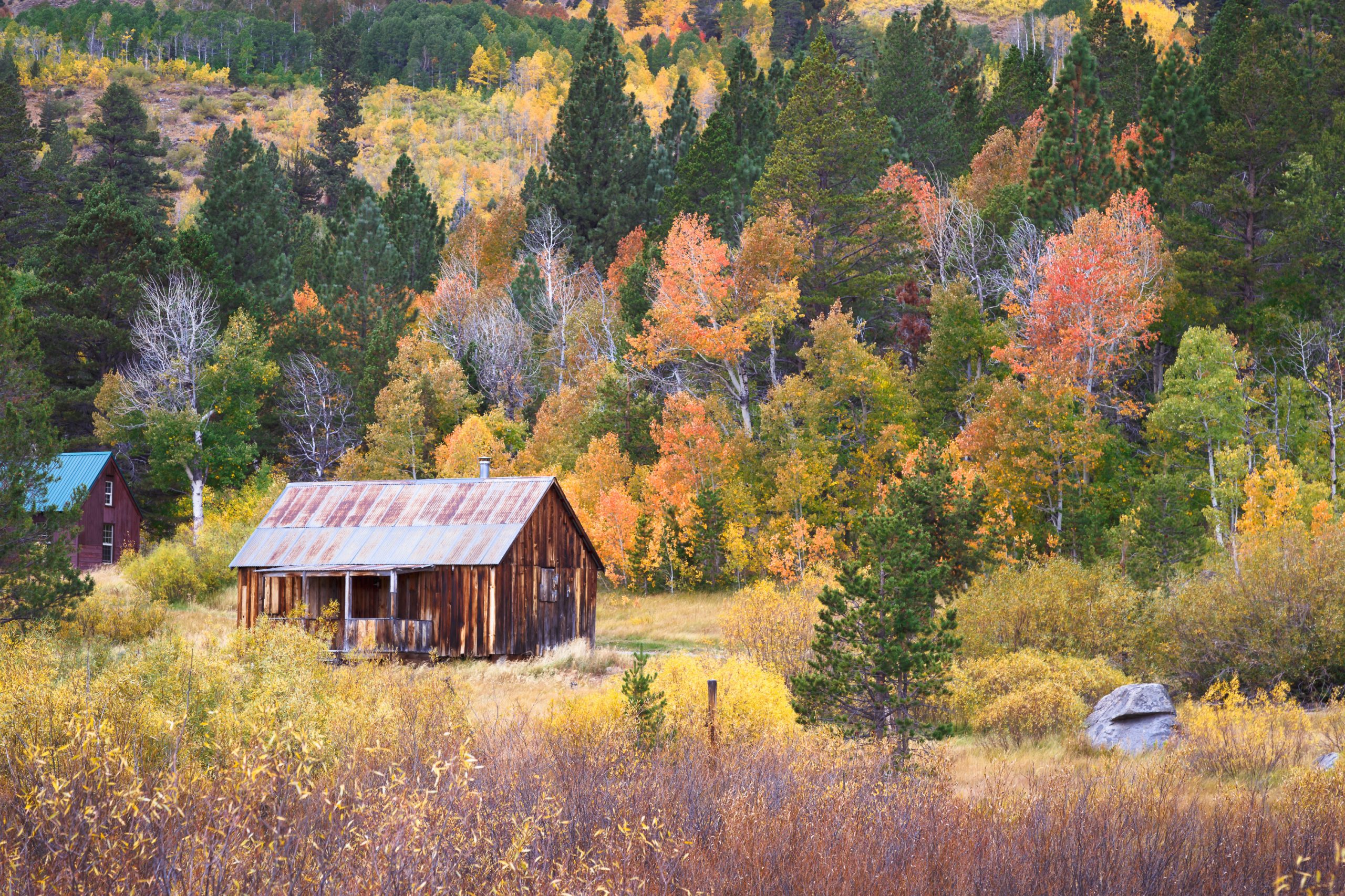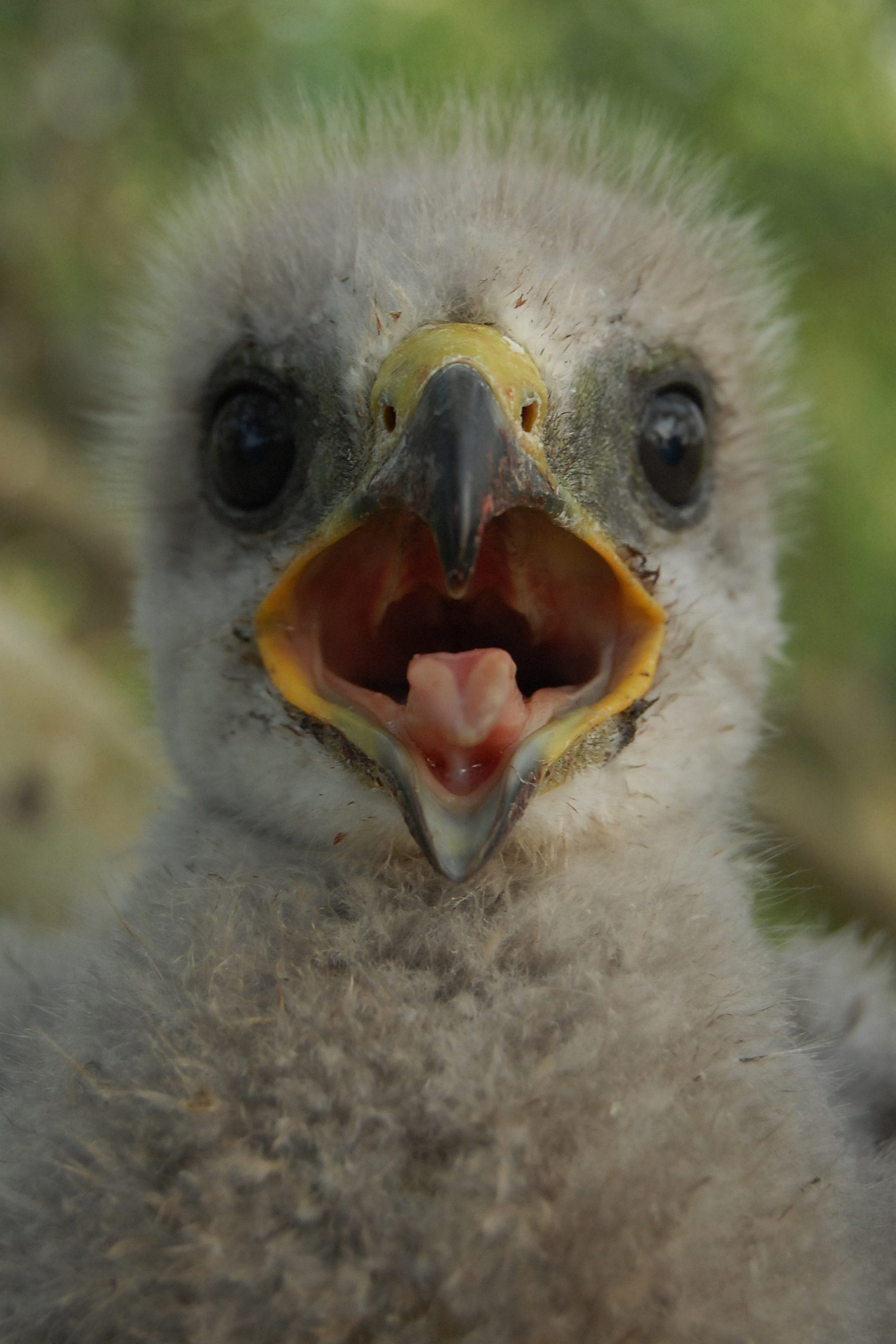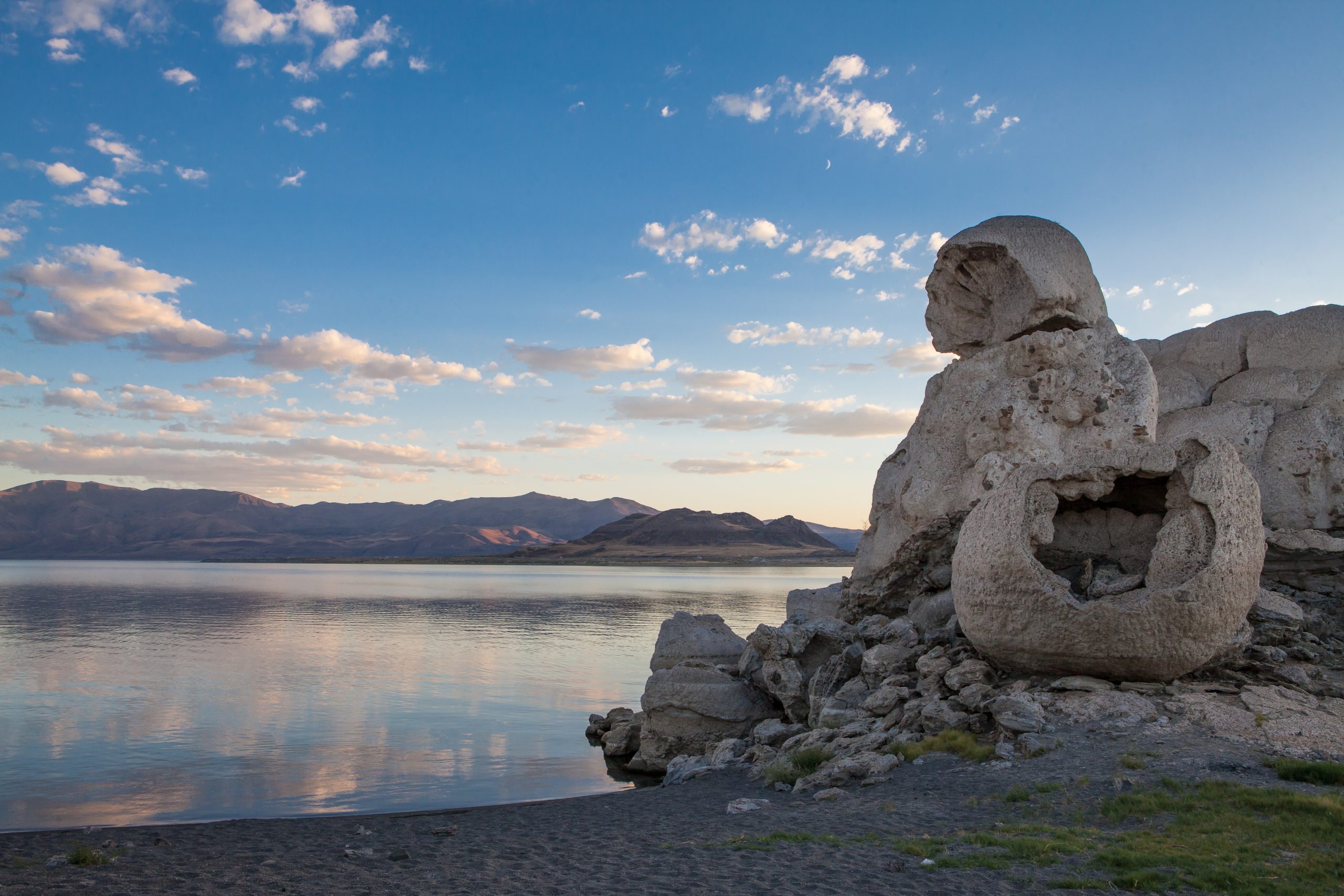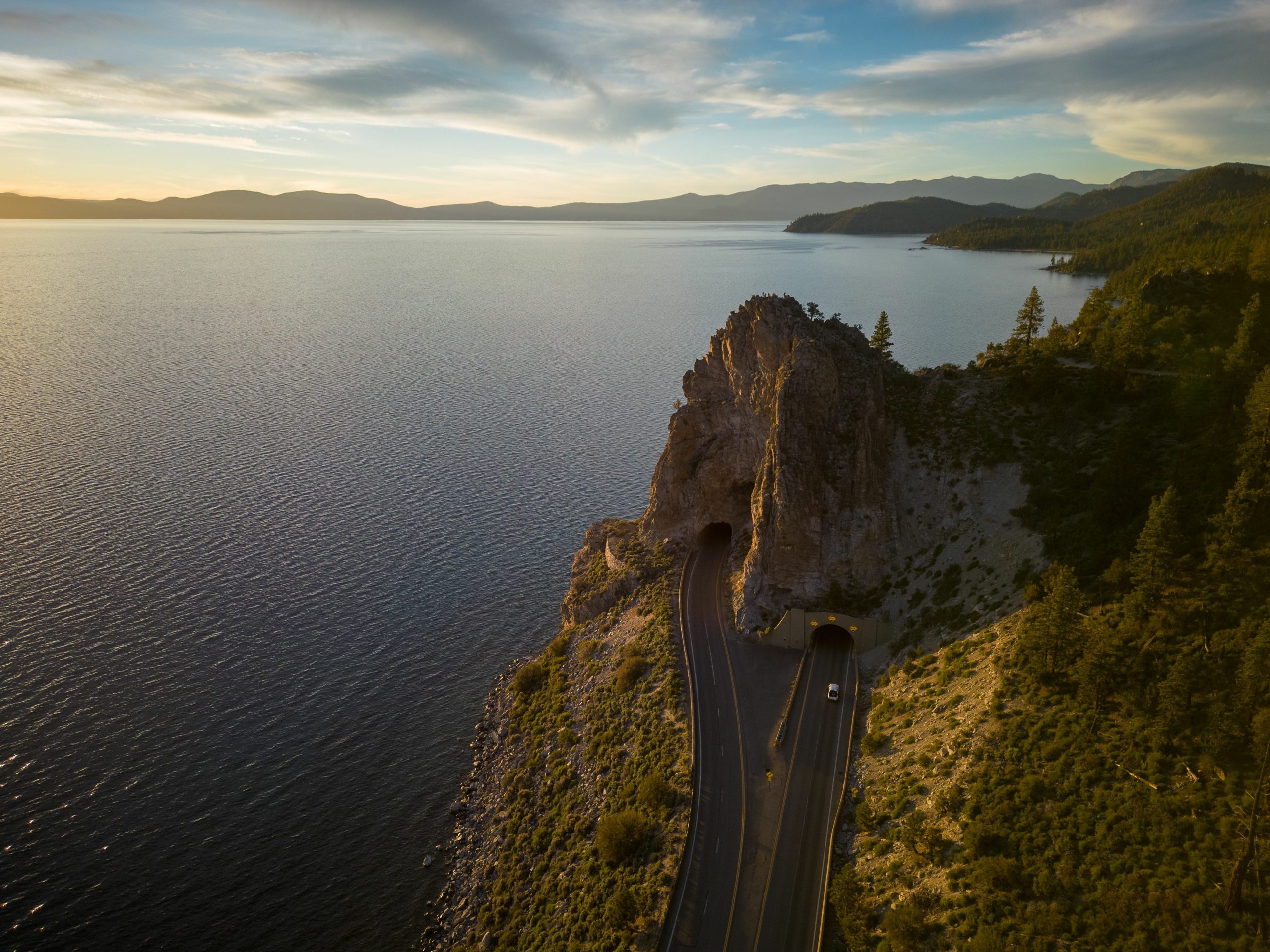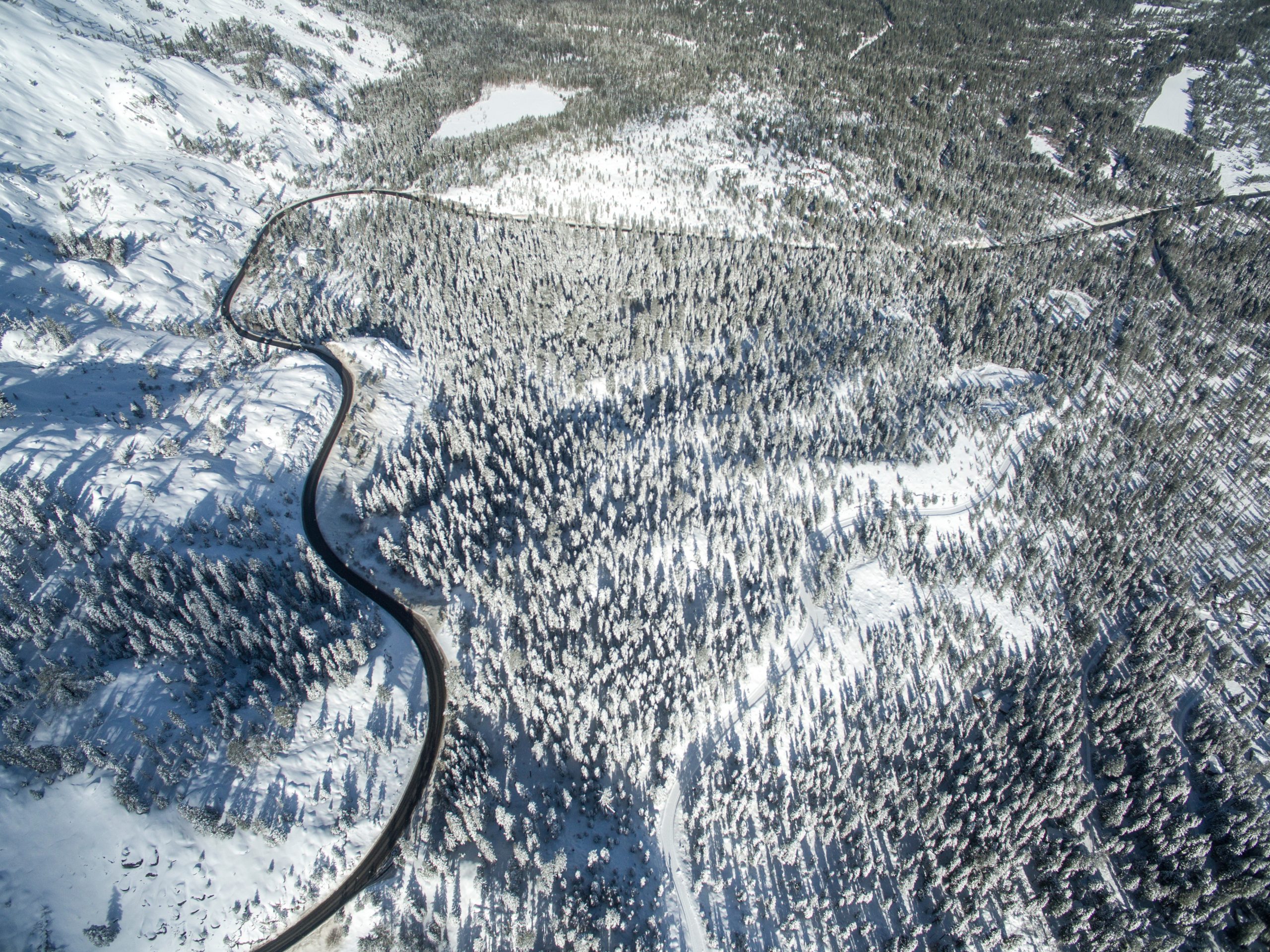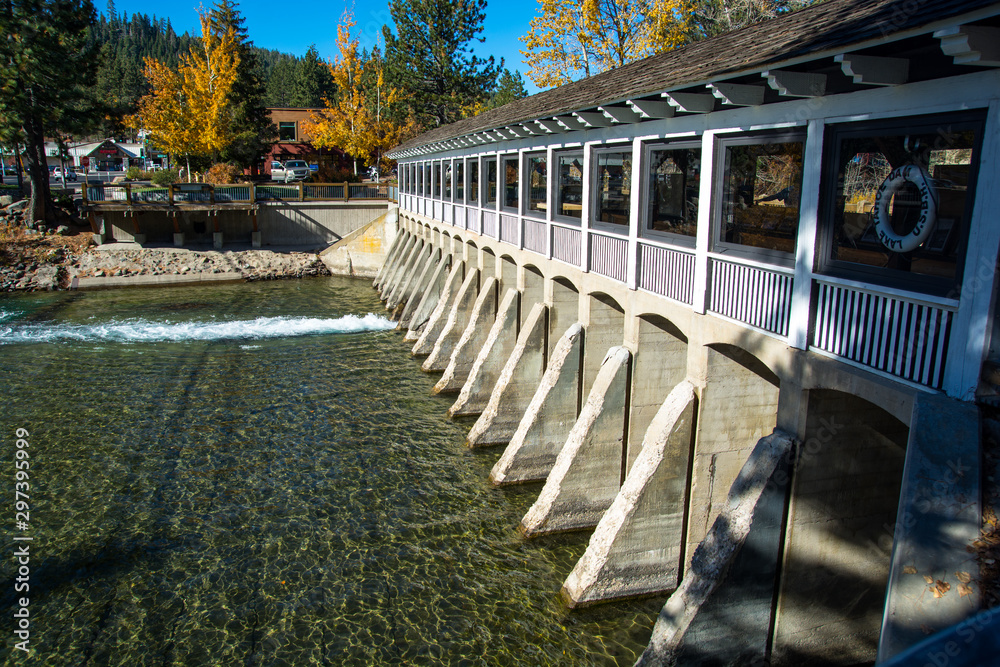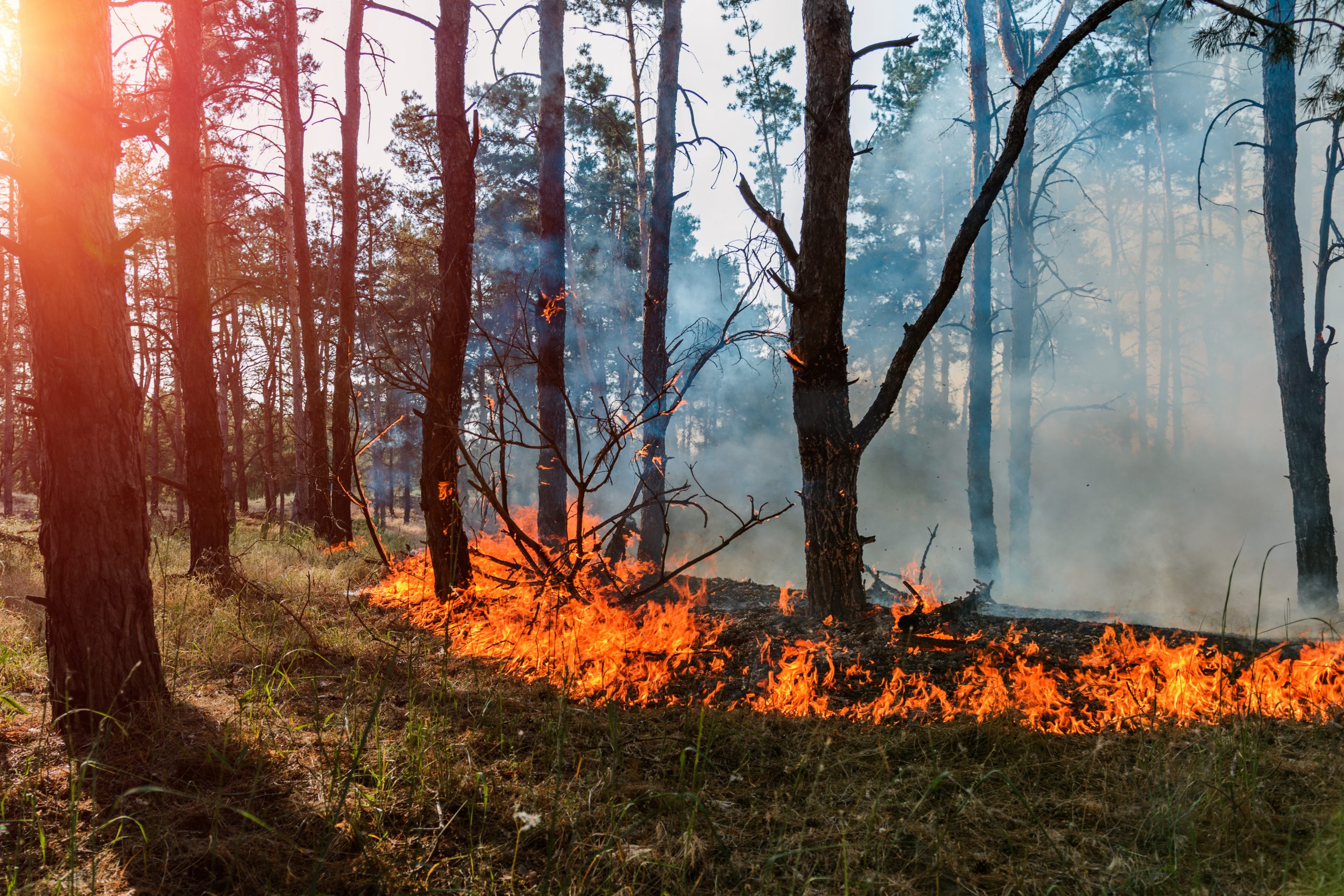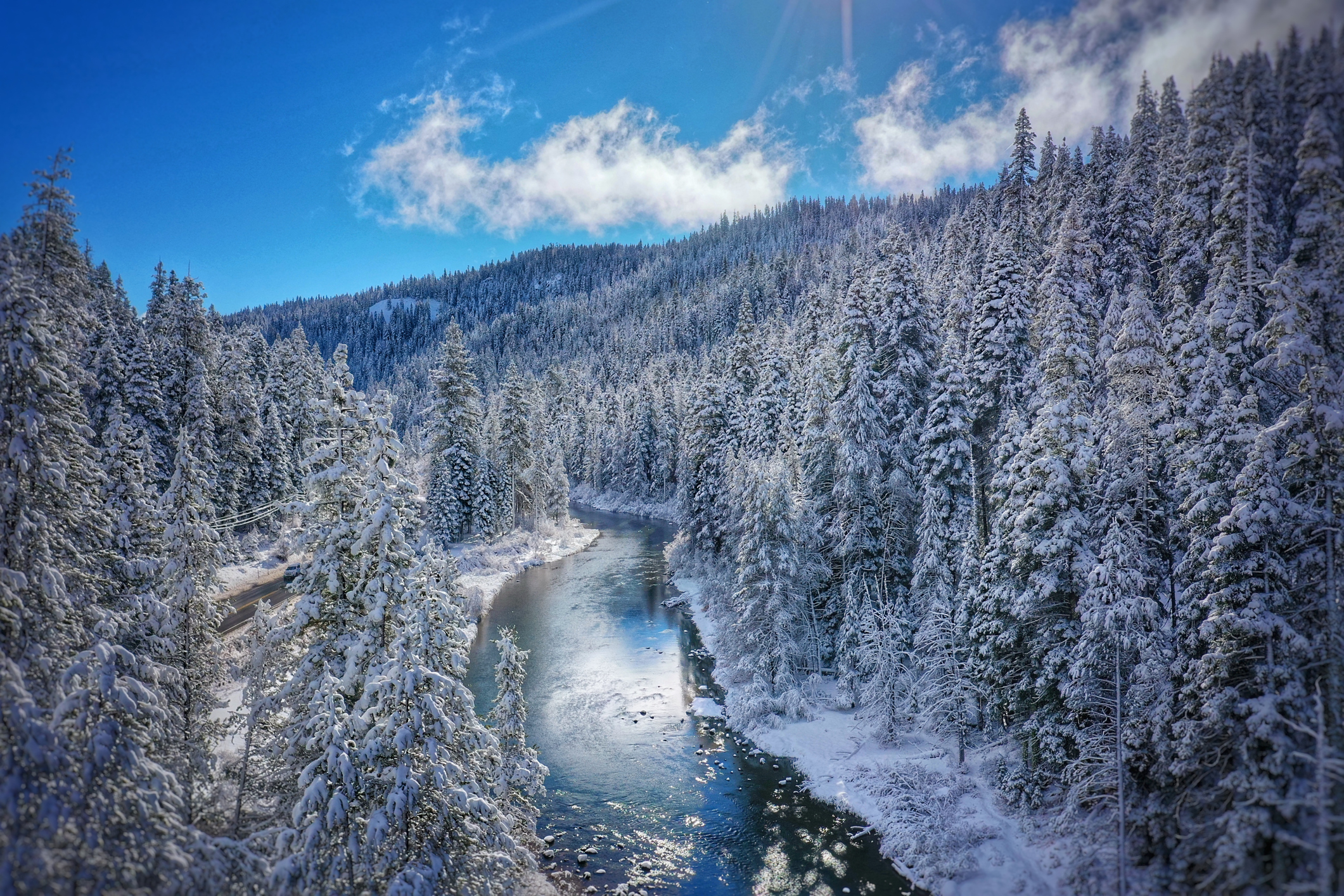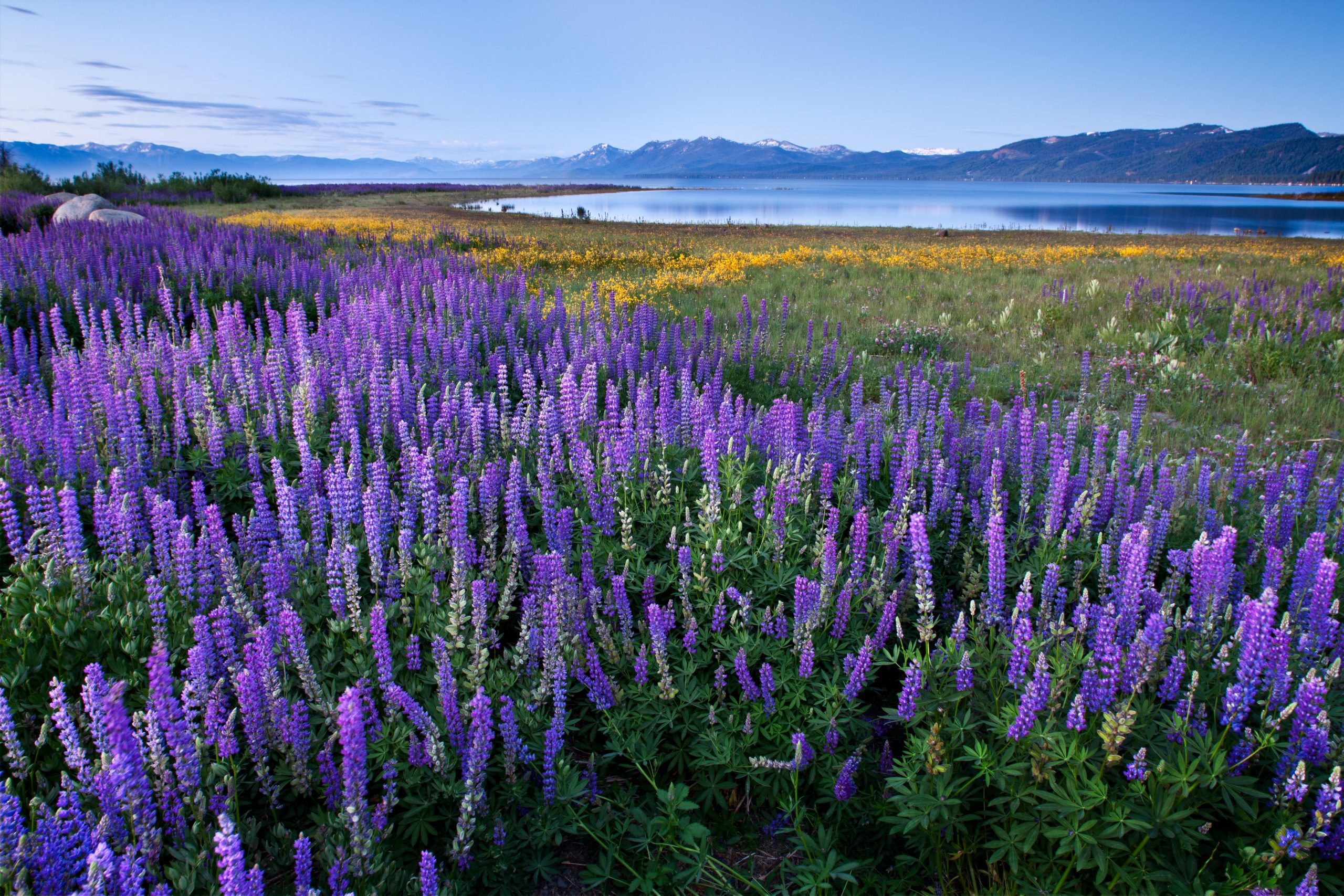In 1872, the side-wheeler Governor Stanford, ushered in Lake Tahoe’s golden age of steamships. Based in Tahoe city, the ship carried about 125 passengers on its eight hour trip around the Lake.
Three years later, the Governor Stanford was joined by the steamship Niagara, 83 feet of faster reliability.
Not long afterwards, the timber baron, D. L. Bliss, doubled Tahoe’s fleet of steamships by adding the Meteor, capable of speeds up to 30 mph, and her sister ship the Emerald II. However, his best was yet to come.
Mr. Bliss ordered a ship to be designed and built by Union Iron Works in San Francisco. The hull was made in sections, then disassembled, packed for transport, and shipped by rail to Carson City. All 154 tons of boat pieces were then loaded onto wagons, and laboriously pulled by mule and horse teams up and over Spooner Summit to Glenbrook. There, the S.S. Tahoe was reassembled and launched “with much festivities” on June 14, 1896.
The S.S. Tahoe, dubbed Queen of The Lake, was 169 feet of elegance, voyaging effortlessly through the Lake’s waters. As many as 200 passengers enjoyed fine food, and comfort in the well-appointed dining room and saloon.
The ship’s narrow beam allowed for plenty of speed and power. Although in a blow, the boat rolled heavily causing more than a few bouts of seasickness.
The S.S. Tahoe’s twin engines were initially powered by wood, burning about 4-½ cords per day. The engines were eventually converted to oil burners, making the ship much quieter than the other steamers on the Lake. Although, each time the S.S. Tahoe docked, it announced its arrival with a piercingly loud whistle. Naturally, excited crowds gathered on the docks while news, mail, visitors and supplies were off-loaded.
The S.S.Tahoe was a necessary summer link between communities. Reliable to a fault, she was only late once in her 40 years of deliveries, and that was because of a clogged smokestack.
After the loss of its mail contract to another vessel, along with the 1935 completion of a car friendly road around the Lake, the S.S. Tahoe became uneconomical to operate.
The ship lay unused for a few years before D. L. Bliss’s son, William, decided to scuttle the vessel in the shallow water off Glenbrook. As a memorial to its service, the clear Tahoe waters would allow the old boat to be glimpsed and admired by passenger carrying glass bottomed boats.
In August of 1940, the S.S. Tahoe was scuttled, but a miscalculation caused it to land on a steep underwater slope. The ship slid out of sight, ending up in about 400 feet of water, unseen but not entirely forgotten.
In 2002, a team from New Millennium Dive Expeditions set a record for their high-altitude dive on the site, resulting in the S.S.Tahoe becoming the first maritime site in Nevada to be listed in the National Register of Historic Places.
The S.S. Tahoe not gone yet — not at all forgotten.


 Facebook
Facebook
 Twitter
Twitter
 Pinterest
Pinterest
 Copy Link
Copy Link

